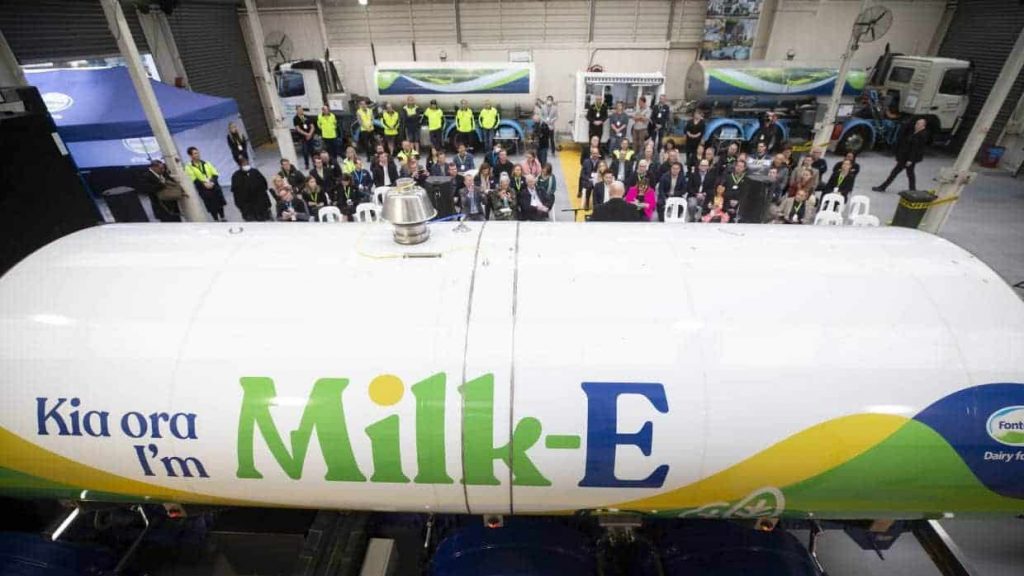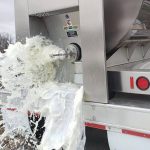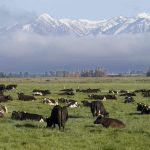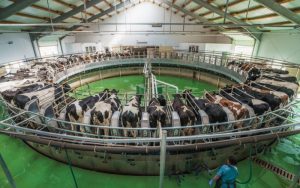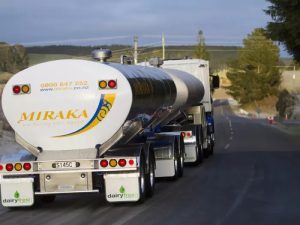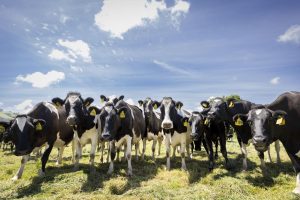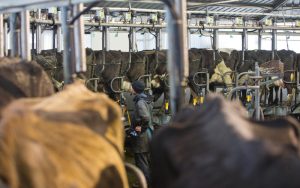
Fonterra says the first year on the road for its electric tanker was a success, but there are challenges to overcome.
The electric tanker started collecting milk in May last year for Fonterra’s Waitoa milk factory, and was partly funded through the Government’s new low-emissions transport fund.
The tanker is part of Fonterra’s electric vehicle strategy, which would see a third of the co-operative’s light vehicle fleet converted to electric by the end of 2023.
General manager for national transport and logistics at Fonterra Paul Phipps said the trial was a success so far, but there were challenges.
The main challenge for the team has been the charging infrastructure, Phipps said.
“Deployment of the vehicle was heavily impacted by Covid-19 supply chain disruptions. For example, the delivery of the DC fast charger, which enables rapid charging, took around 13 months due to supply chain impacts. This new charger is 120 kWh and charges the truck in two-and-a-quarter hours from empty.”
The co-op aimed to instal a battery swap system at the Waitoa site to work out how downtime from battery charging could be minimised.
“It was not an off-the-shelf design, which adds complexity when it comes to engineering it to be fit for purpose. But we are very pleased that the battery swap system is now on track, and it will be up and running for our next peak,” Phipps said.
The purpose of investing in this electric tanker was to help Fonterra get a better understanding of what the future of electric transport looked like in a rural setting, he said.
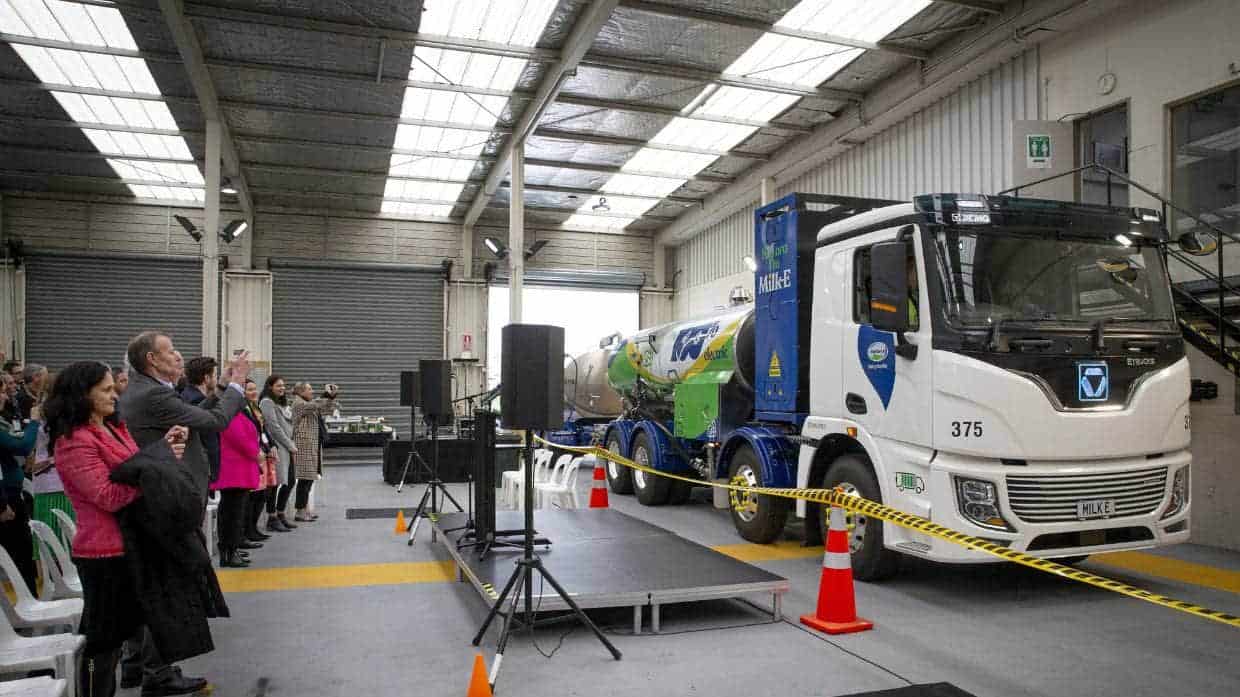
Charging infrastructure is the main challenge for the tanker.
Since the end of May Milk-E had collected over 1.6 million litres of milk, and completed 326 on-farm collections. The tanker had a range of about 140km on a full charge, Phipps said.
Each milk run averaged about 45km.
“We have had 25 different drivers behind the wheel, and we are hearing from them that they love the fact it’s so quiet, which makes it comfortable to drive. We have also received comments and feedback from farmers that it is nice to have silence rather than having the truck engine running when collecting milk on farm.”
